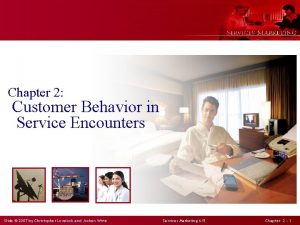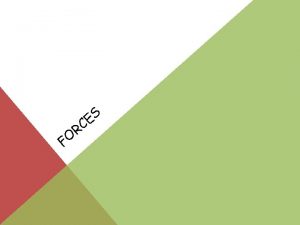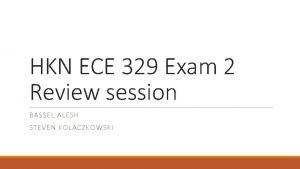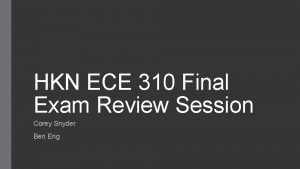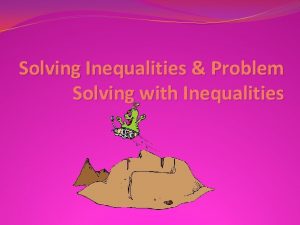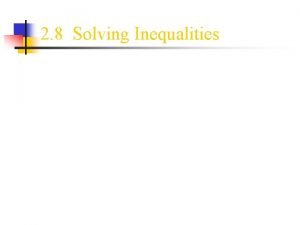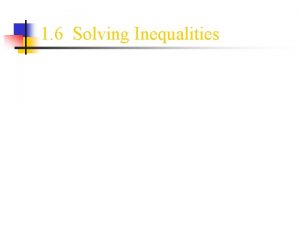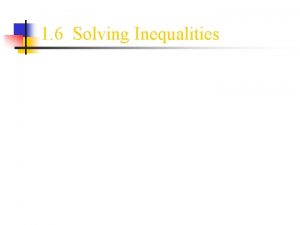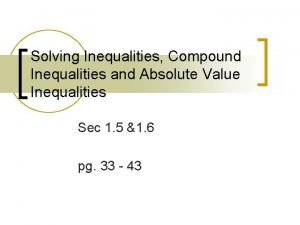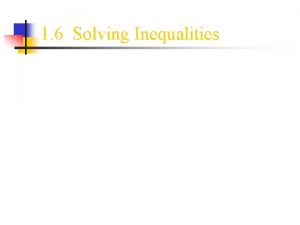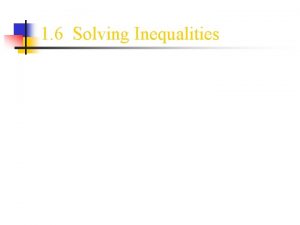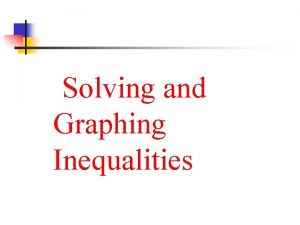Sociology 102 Social Inequalities Review Session Contact Information












- Slides: 12

Sociology 102: Social Inequalities Review Session

Contact Information Josh Curtis Office: Room 333, 725 Spadina. joshcurtis. utoronto@gmail. com Joshcurtispolisoc. com

Tutorial Plan Tutorial goals -Brief review of course material -Generate class discussion -Critically evaluate different discussion questions n Chance for YOU to ask questions n

Tests and Exam Distribution of exams - i. e. , sp / rs / course material Hints for studying

Starting Points Where do the questions come from? Bolded terms “Sociology can be defined as_____” 1) Important Sociological Figures “According to C. Wright Mills, the sociological imagination is ____” 1) Major theoretical applications “Functionalist theory would interpret population growth as____” 1)

Hint for Readings in Sociology The multiple choice questions will likely come from: 1) The main arguments of the papers (is it theoretical or empirical? ) 2) The key sociological figures (and their theories). 3) Bolded terms. 4) Sections are HEAVILY organized. The sub headings will direct your focus. 5) Often, the main argument will come in the first 23 paragraphs – this should also direct your focus.

Readings in Sociology Answer the following questions: 1) Identify the main argument of the chapter (thesis). 2) What is the purpose of the article (i. e. , academically, why did the author write this paper – is it tied into a debate? ). (Puzzle/contribution). 3) Identify and define all key terms and key figures.

Exam Details: Content n Social Problems Ch 1: What are social problems? n Starting Points Ch 9: n Readings Section 7 Section 10 in Sociology

Chapter Discussion: SP �Chapter 1: What are social problems? • • • What is a social problem? Distinguish between subjective and objective elements of social problems. Explain and apply social construction and claimsmaking. What is the sociological imagination? What are moral panics? Give examples and explain. Theoretical perspectives and how they relate to inequality.

Chapter 1: Key Terms n n n n n Social Problem Sociological Imagination Macro/Microsociology Latent/Manifest functions Claimsmaking Whistleblower Moral Panic Social Construction Moral Entrepreneur Symbols, Roles, Social group, etc…

Study questions What is inequality and why is it worth studying? n Why might we expect inequalities in one realm to be related to inequalities in another realm? n

Chapter 1: Study Questions n n Explain and describe ‘social problems’ (including both subjective and objective elements). What is the sociological imagination? How does this relate to inequality and social issues? Explain social construction, moral entrepreneurs, and claims-making. What are moral panics? How does this relate to your understanding of the subjective elements of social issues?
 Which force
Which force Sliding contact bearing and rolling contact bearing
Sliding contact bearing and rolling contact bearing Is air resistance a non contact force
Is air resistance a non contact force Tension force contact or noncontact
Tension force contact or noncontact Dermatitis atopica icd 10
Dermatitis atopica icd 10 Is air resistance a noncontact force
Is air resistance a noncontact force Dangling bond in fullerene
Dangling bond in fullerene Service marketing chapter 2
Service marketing chapter 2 What are some contact forces and some noncontact forces?
What are some contact forces and some noncontact forces? Air resistance contact force
Air resistance contact force Ece329
Ece329 Hkn review
Hkn review Ece 120 wiki
Ece 120 wiki







